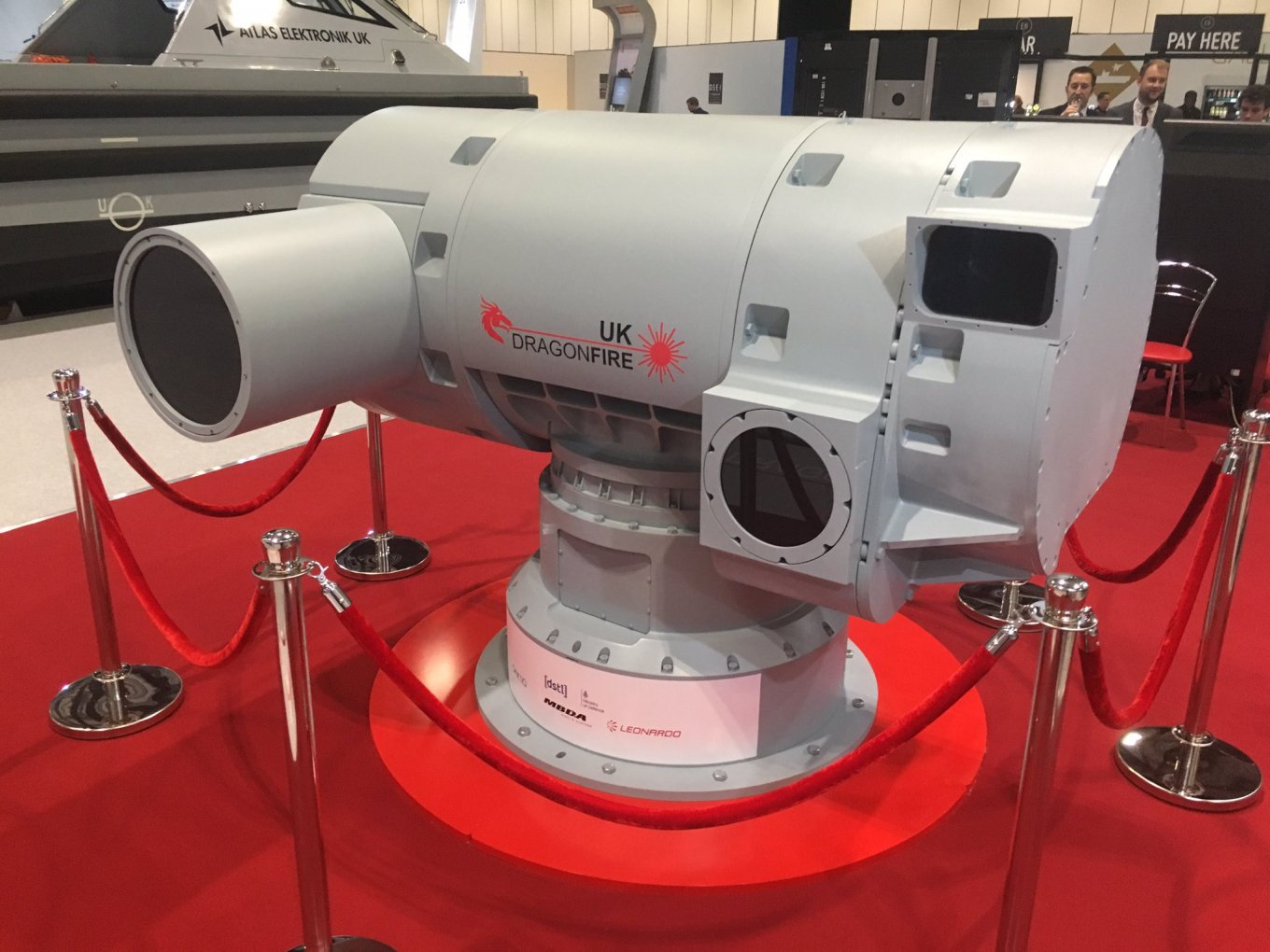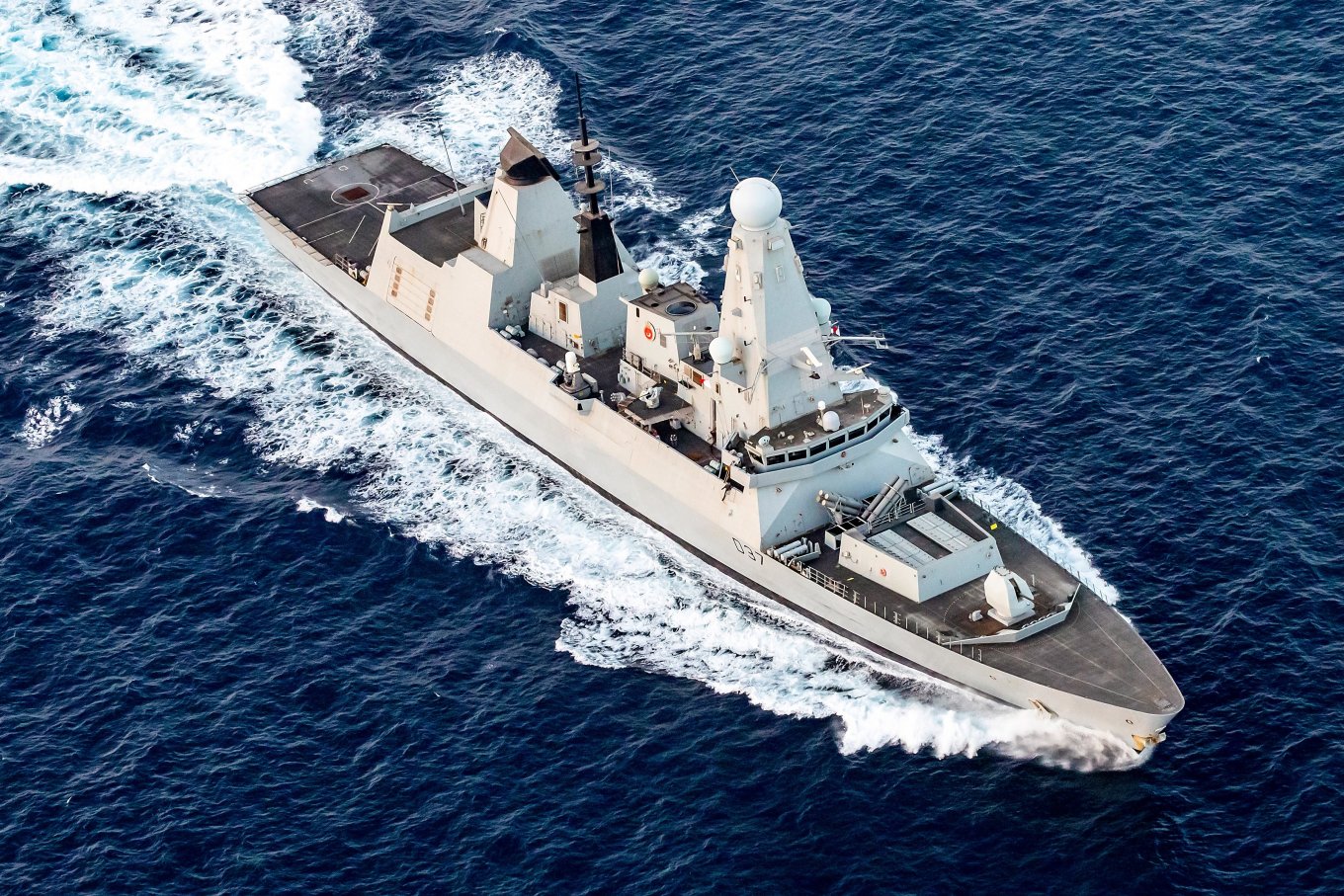British indigenous DragonFire directed energy weapon from MBDA will only appear in the UK Armed Forces in 2027, and it will need an additional 1 billion pounds (~1.2 billion) of investments. These details transpired from the new Strategic Defense Review 2025 document published by the United Kingdom Ministry of Defense.
The promising laser technology, initially expected to arrive not sooner than 2032, has already been accelerated last year, with the timeline set at 2027. This means the new allocation of funding is not intended to speed up the fielding but is associated with other expenditures.

The authors of this paper, including policy makers, industry specialists, and experts, recommend injecting this money into the program of Europe’s first combat laser weapon to “create low-cost and sustainable alternatives to missiles.”
The first ones slated to receive DragonFires are four out of six Type 45 destroyers in the Royal Navy service. The integration of laser will give them a close-in weapon system, complementing the destroyers’ current air defense capabilities: two rapid-fire 20mm Phalanx systems and two DS-30B weapon stations with 30mm autocannons per ship. Subsequently, DragonFire should be scaled onto other vessel types and reach the ground forces, too. That would not happen until the 2030s, though,
Notably, at the same time, the Royal Navy is advised to “explore possible development from a Type 45 destroyer to a minimally crewed or autonomous air dominance system,” perhaps suggesting turning the ship into an uncrewed or optionally manned destroyer — an unprecedented project in naval warfare. However, no other details were provided.

For a reminder, the DragonFire was first presented in 2017, not as a finished model bus as a technology demonstrator. Testing of a working system began in 2022, but it only involved trials with the target guidance and tracking system. The first live firing did not take place until early 2024.
On the program’s onset, 100 million pounds were allocated, complemented by another 350 million pounds in April 2024, to ensure the minimum potential for the actual deployment of this system.
Interestignly, to help progress the project in a win-win manner, British ex-minister of defense Grant Shapps wanted to transfer a DragonFire prototype to Ukraine for testing in real combat conditions against russian drones and other low-flying threats. If any has been actually handed is unknown but Ukraine was seen using its own system named Tryzub.
From a technical standpoint, DragonFire is a fiber-optic laser that has a total power of 55.5 kW, it forms a beam of 37 separate channels with a power of 1.5 kW each. Its precision allows the operator to keep the laser spot on a moving object with a maximum deviation of 23 mm at a distance of 1 km. The estimated operating range is 4 to 5 km, which is an average for laser systems with similar power.
It is worth adding that the development of DragonFire is closely tied to the laser weapon project of the European Union. A similar project by Leonardo, pursued under the Permanent Structured Cooperation (PESCO) initiative, was apparently entrusted to the Italian company precisely because of its experience as the co-developer of DragonFire.
More broadly, among Western countries, only Israel has so far shown its IronBeam laser in use against drones, claiming the historically first real-combat application of a directed energy weapon:
But, at the same time, China already offers its own commercial laser system known as the Shennong Shield or Low-Altitude Laser Defending System (LASS) for export. Such systems have been previously seen in service with russia and iran, too.
Meanwhile, the United States is struggling to keep up, with the U.S. Navy command saying that the proposals have been on the table since the 1980s but even inflated budgets don’t bring the implementation of combat lasers any closer.

